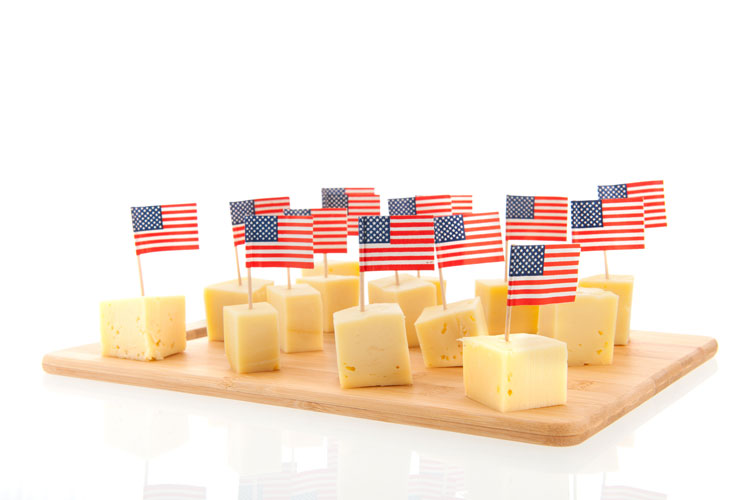
Geographical indicators (GIs) have been a hot topic in the last several years as countries make trade agreements across the globe. While the tag is meant to denote a product that is specifically produced in a defined area, it has been wielded as a trade weapon.
As Cornell’s Andy Novakovic described during the October 7 Hoard’s Dairyman DairyLivestream, GIs have nothing to do with food safety or quality. They have everything to do with gaining economic advantages. In particular, this trade pact bargaining piece impacts food items such as cheese and wine, but they can exist in any industry.
The U.S. dairy industry understands GIs well, as it has already been wounded by agreements with many trading partners. The question before dairy farmers is what can be done to prevent GIs from causing further damage to the industry?
“We need to actually speak up,” said National Milk Producer Federation’s Jaime Castaneda. “As long as we don’t speak up and talk to our members of Congress, then we’re not going to have the U.S. government dealing with it in the way that we need to deal with it.”
He proposed that farmers needed to keep Congress accountable and working on GIs. Fortunately, there has been attention on the GI challenge, and precautions were written into the U.S.-Mexico-Canada Agreement (USMCA). They include a list of common cheeses that will require due process to put a GI on and a chapter on intellectual property that will allow the U.S. to be involved in any discussions of GIs.
While lawmaking is an important arm to address GIs, the fight must also be done on the marketing side. During the webcast, Sartori’s Jeff Schwager described the advancement American specialty cheeses have made and their ability to compete on a quality basis with anything in the world.
“I think this is an example of we have to fight on both fronts,” Novakovic said. “Jaime and his team need to continue to press on this as a policy and regulatory issue.” However, it’s equally important in Novakovic’s opinion that organizations like Schwager’s continue to make products that compete at the highest level.
“Then, I think we have a fight on both fronts. We can start to engage consumers in saying, ‘I don’t want to be limited in my choices because Europe is trying to protect some farmer in a 10-square mile area.’”
That is the challenge presented to dairy farmers and their supporters. While GIs are allowed to be used as bargaining chips in trade, they will limit the global competitiveness of U.S. dairy.
An ongoing series of events
DairyLivestream will air twice each month for the remainder of this year. The next broadcast “Dairy remains a powerhouse” will be on Wednesday, October 21. Each episode is designed for panelists to answer over 30 minutes of audience questions. If you haven’t joined a DairyLivestream broadcast yet, register here. Registering once registers you for all future events.








